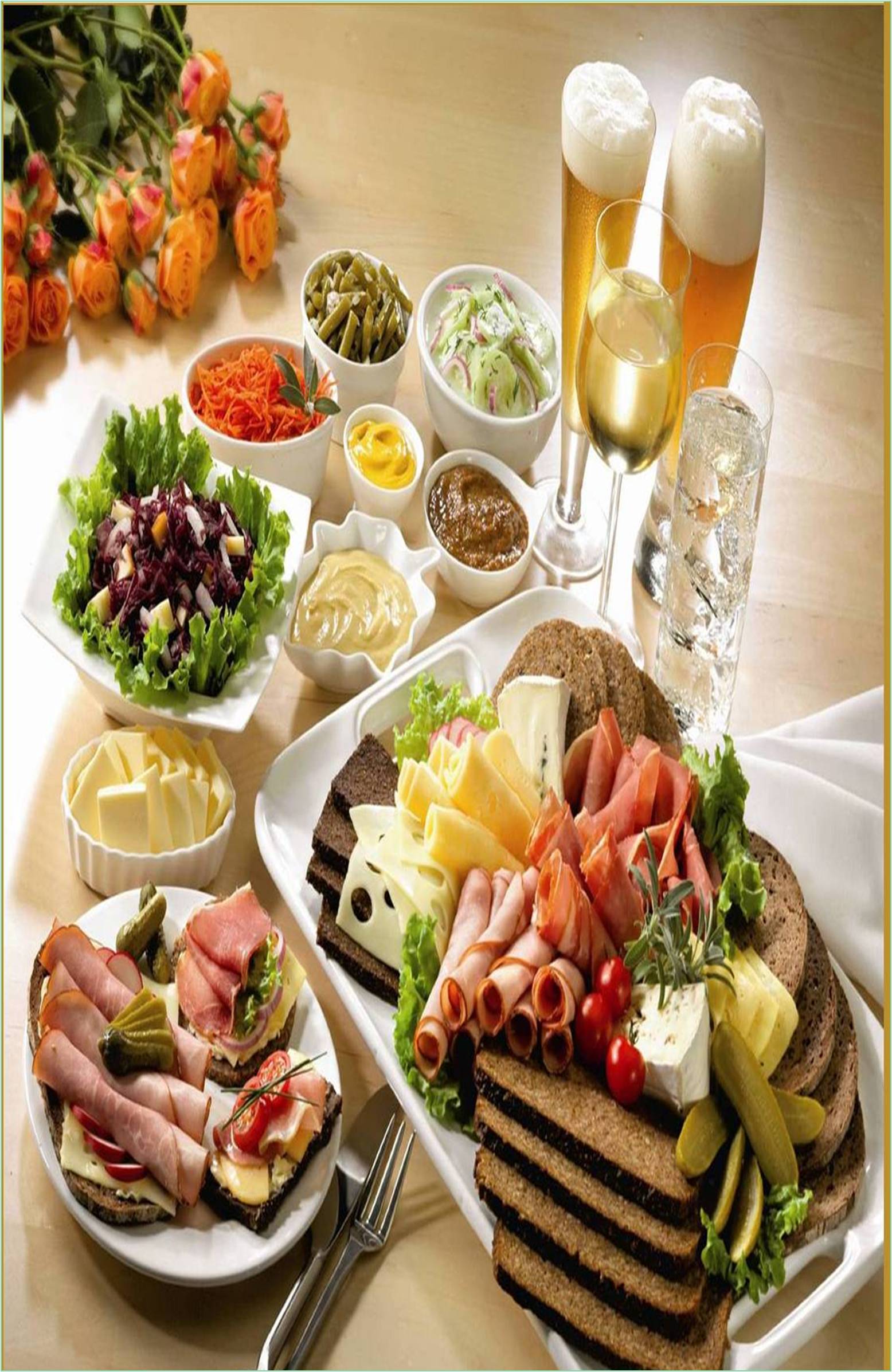



Received: 25-May-2022, Manuscript No. GJFST-22-62796; Editor assigned: 30-May-2022, Pre QC No. GJFST-22-62796 (PQ); Reviewed: 20-Jun-2022, QC No. GJFST-22-62796; Revised: 27-Jun-2022, Manuscript No. GJFST-22-62796 (R); Published: 06-Jul-2022, DOI: 10.15651/2408-5456.22.10.052
Humans with diverse and dynamic expectations are at the center of the food supply ecosystem. To impart the sustainability of food supply using the novel materials and technologies, the food production and consumption framework goes beyond the creation of edible objects to integrate creativity and consumers. Product innovations are needed to subvert the characteristics of neophobia and improve the acceptance of sustainable products. These innovations also need to take into account changes in consumer demographics, lifestyles and nutritional requirements. Food design is a new practice to foster human-centric innovation in the food value chain by applying design thinking processes in every step of production to the disposal of food. Utilizing consumer empathy and the core ideas of rapid prototyping, the design concept directs collaboration between food design and the various sectors involved in the distribution of food to space where we consume it.
Food design sub-disciplinary is related to food products curation from a technical perspective that transforms consumer demands into product characteristics using innovative processes and structured engineering methodologies. In the future, food producers will need to shift their focus from the traditional approach of mass production today to food development that emphasizes the structure, flavor and properties of food. Through food product design, the development of nutrient bioavailability, satiety, intestinal health, and well-being can affect consumer health, and by adjusting the consumer's sensory experience, the consumer's experience can be affected. You can work on your choice. These aspects become important with the introduction of new materials and healthy alternatives. The characteristics of human neophobia can lead to poor food choices and eating habits due to consumer prejudice and inferior sensory experiences. For example, environmental concerns related to meat substitutes were less relevant for consumers, and sensory properties were a decisive factor. In this regard, food designers and chefs play an important role in influencing sustainable and healthy eating choices by using the principles of molecular gastronomy to increase food acceptance. Startup Innogusto aims to develop and increase its acceptance of gastronomic dishes based on meat substitutes.
Electric and thermal energy, called "digital taste," has been studied to stimulate the taste sensations. For example, reducing the temperature of sweet food products may increase the adjustment of sweet taste and reduce the sweetness intensity. On the other hand, the enhancement of electrical taste can modulate the perception of saltiness and sourness of unsalted and diluted food products, leading to a possible reduction in salt content. Another external stimulus that can modify the sensory experience during food consumption is the social context. In this case, interacting with others creates a resonance "mirror" mechanism that allows people to synchronize with others' emotions. In fact, positive emotions such as happiness enhance food desirability and acceptability, as opposed to neutral and negative emotions (anger). Auditory responses, such as those to background music called sonic seasoning, have also been studied in relation to food desirability and overall perception of food. Noise can reduce the perception of sweetness and enhance the perception of umami. Bridging interior design concepts and sensory perceptions to a comprehensive food space design is an interesting way to influence healthy habits and address unconventional food in our daily lives.
Food packaging, which falls under the Design for Food subdisciplinary category, is expected to play an important role in addressing food waste/loss issues. Potential solutions to food waste/loss at the consumer level can be realized, for example, through resealable packaging design, portion size considerations, "best by" clear labeling, and expiration dates. There is still no clear understanding of the interdependence of food waste and packaging design in the circular economy, but smart packaging to prolong the shelf life and quality of highly perishable food such as fresh vegetables, fruits, dairy products and meat products. The design is seen as the most efficient option. Packaging is a strong non-verbal medium between product designers and consumers, and could be used to favor the consumption of healthier and more sustainable options. Packaging linguistics has shown different effects on the perception of taste and quality, whereas design has been shown to create emotional attachment to products surpassing the effects of taste. Visual stimuli such as the weight, color, size and shape of a food container are associated with the overall liking of the food. Food was perceived as a denser and more filling when presented in a heavy container compared to a light-weighted container.
With new technologies in food manufacturing, technologies such as 3D printing are expected to be widely used at both industrial and household levels for food design and food waste recycling. A start-up company started making snacks from waste bread using 3D printing. These initiatives also encourage the use of new technologies to integrate the side stream of industry into the mainstream. In addition to the growing need for health foods, the food industry is expected to see innovation in terms of personalized solutions. In the latter case, the consumer becomes the center of the food production system, where they can choose foods that support the physical and mental well-being and ethical values of the individual. Technologies like 3D printers can be used in smart grocery stores and homes to print personalized food products, including molecular gastronomy methods. The challenge is to incorporate food structurecharacteristics- taste elements into such a system. The futuristic vision borrows the concept of personalized medicine to address diverse food needs through personalized or "smart" foods, reducing the human ecological footprint while solving food-related diseases.